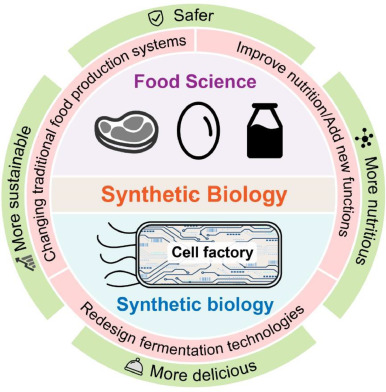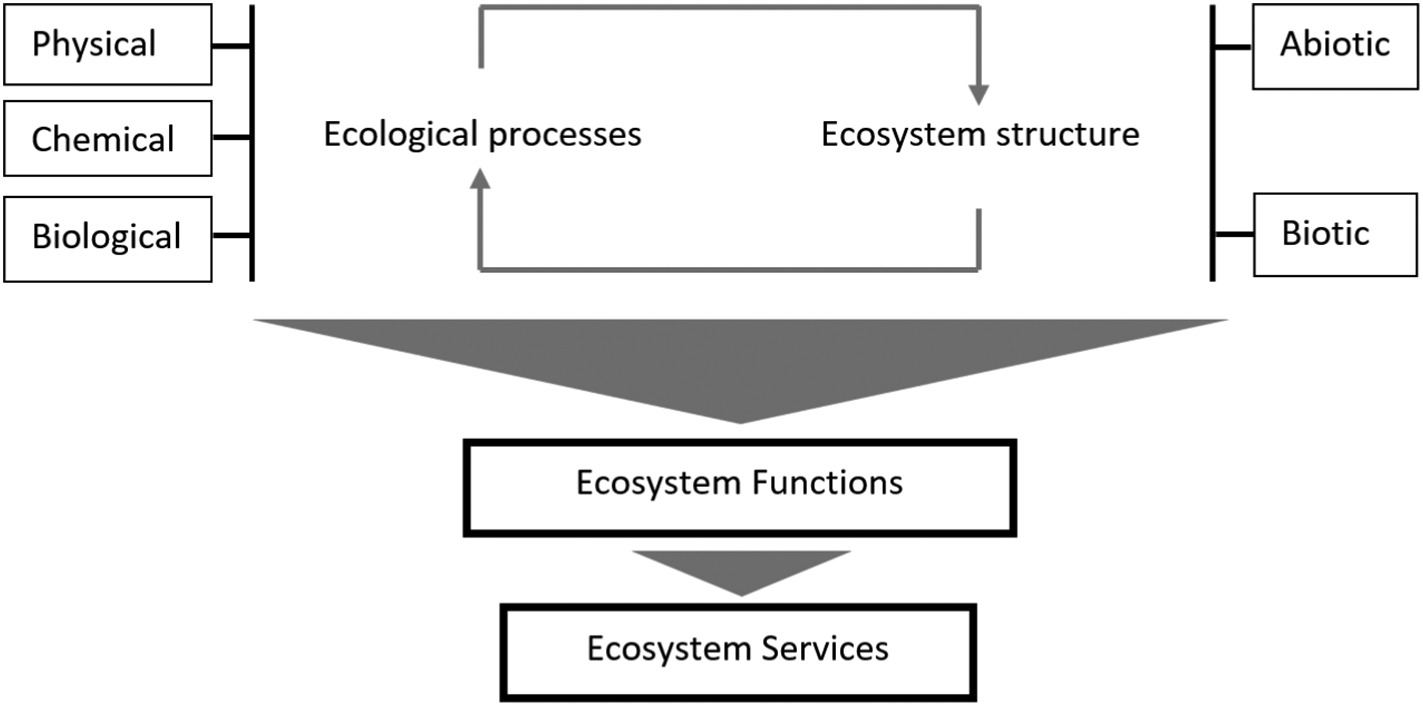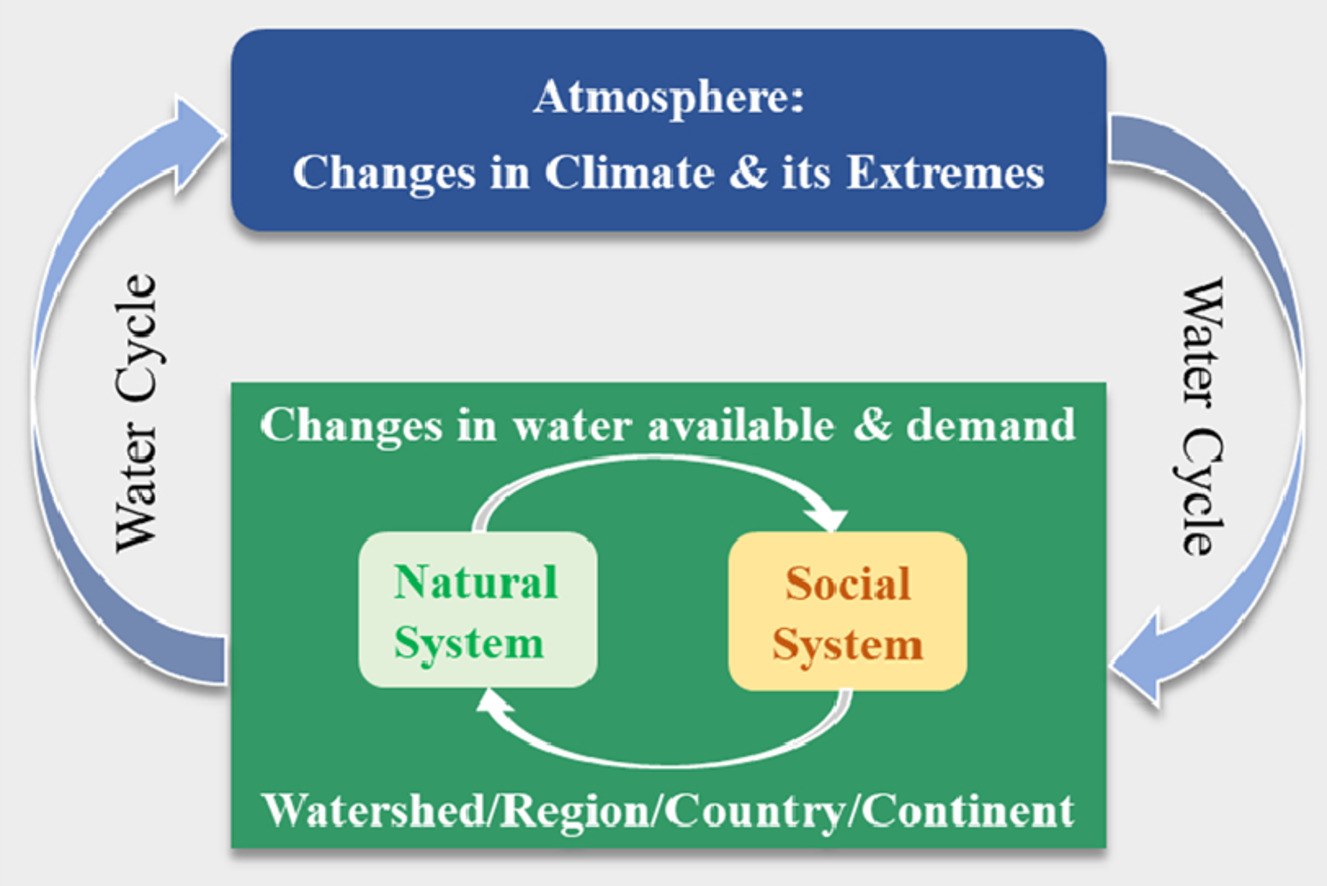Food is essential to provide energy for human cellular metabolism, and is usually made from plants or animals. Beside plants and animals, other important food sources are made by microorganisms, typically products of fermentation (e.g bread, wine, beer, soy sauce, etc). Nowadays, because of the increasing environmental pollution, climate change and population growth, is becoming challenging to keep the food supply safe, nutritious and sustainable. Importantly, the development of the synthetic biology field enable the engineering of cells that can be used in food manufacturing.
Microplastic pollution has sparked interest from researchers, public, industries, and regulators owing to reports of extensive presence of microplastics in the environment, household dust, drinking water, and food, which indicates chronic exposure to organisms within ecosystems and in human living spaces. Although exposure to microplastics is evident, negative effects from microplastics appear to be minimal in most studies on biota, and no risk assessments have been completed for microplastics on human health.
This paper aims to contribute to the limited understanding and recognition of soil ecosystem services (SoES) in spatial planning. In light of its critical role in climate crises and due to its global degradation, soil has drawn considerable attention in the recent global agenda. As one of its vital services, soil serves as a terrestrial carbon pool, which significantly contributes to offset greenhouse gas emissions in the atmosphere (EEA, 2012).
Background: Skin diseases that cause chronic pruritus can have negative effects on a patient's quality of life. Objective: We evaluated the associations between chronic pruritus and psychological conditions including insomnia and depression. Methods: This study included responses from 91 participants with chronic pruritus (response rate: 74.6%).
Water is the fundamental natural resource that supports life, ecosystems and human society. Thus studying the water cycle is important for sustainable development. In the context of global climate change, a better understanding of the water cycle is needed. This study summarises current research and highlights future directions of water science from four perspectives: (i) the water cycle; (ii) hydrologic processes; (iii) coupled natural-social water systems; and (iv) integrated watershed management.



